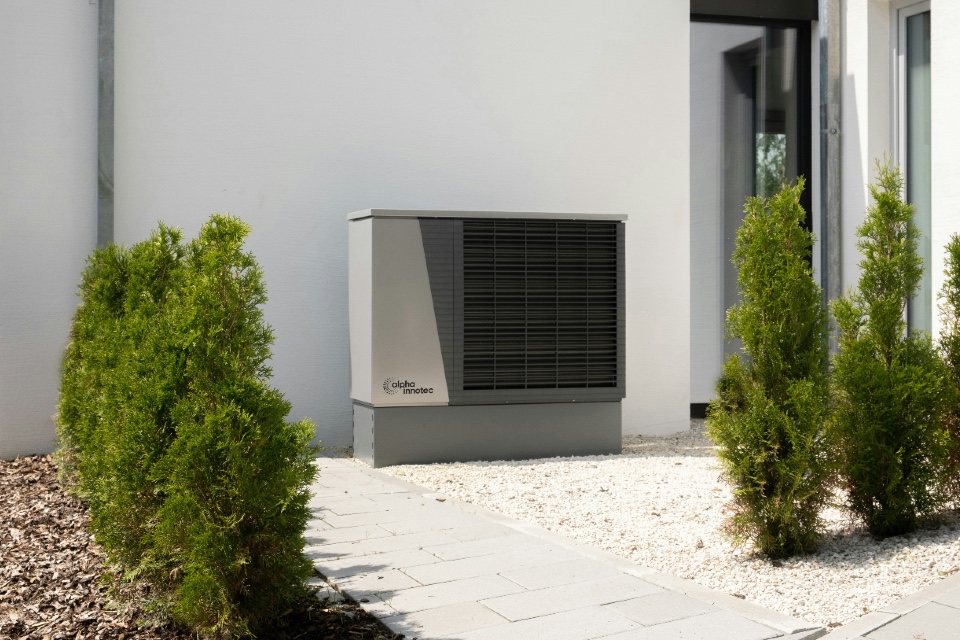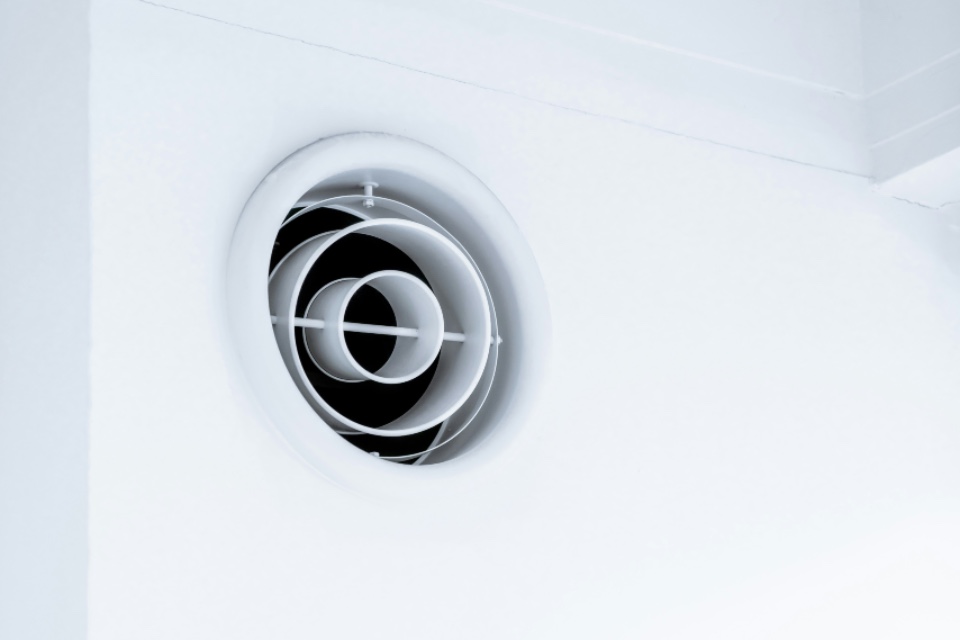As organisations face rising energy costs, stricter carbon reduction targets, and tightening compliance standards, upgrading legacy HVAC systems has become amore important than ever at a strategic level. But for many estates, particularly in education, healthcare, and public infrastructure, full system replacement simply isn’t financially or operationally viable. Enter the retrofit revolution: a wave of innovation helping facilities teams extend the life, efficiency, and compliance of existing HVAC systems through intelligent upgrades and smart integration…
Making the Old Work Smarter
Rather than replacing ageing equipment, more facilities are opting for retrofit solutions that integrate modern controls and efficiency technologies into existing systems.
Variable speed drives (VSDs), for example, can transform fixed-speed motors on fans and pumps into dynamic components that adjust automatically to demand, often cutting energy consumption by 20–40%.
Similarly, advanced building management systems (BMS) can connect older HVAC assets to modern digital networks, allowing for centralised control, real-time monitoring, and energy performance optimisation without major infrastructure overhauls.
These incremental upgrades deliver quick returns, enabling estate managers to align with UK Net Zero and ESOS compliance goals while keeping capital expenditure manageable.
The Role of Digital Twins and Predictive Maintenance
Another key enabler is the rise of digital twin technology, virtual models that mirror HVAC systems in real time. By simulating performance data, digital twins help identify inefficiencies, predict failures, and test optimisation strategies without disrupting operations.
For facilities teams managing large or complex buildings, this predictive approach shifts maintenance from reactive to proactive, reducing downtime and extending asset lifespan.
Cloud-based analytics platforms can also aggregate HVAC data across sites, helping organisations benchmark performance, prioritise upgrades, and build evidence for sustainability reporting under the Streamlined Energy and Carbon Reporting (SECR) framework.
Compliance Through Continuous Improvement
Retrofit strategies are increasingly seen as a pathway to compliance, not just a stopgap. As legislation around energy performance tightening continues, from Minimum Energy Efficiency Standards (MEES) to new public sector decarbonisation targets, retrofitted HVAC systems can help estates demonstrate measurable progress.
By combining data, automation, and intelligent controls, FMs can meet both operational goals and regulatory requirements while minimising disruption to occupants.
A Smarter Route to Sustainability
The retrofit revolution underscores a vital truth: sustainability isn’t always about starting from scratch. For many organisations, modernising what they already have, intelligently, strategically, and sustainably, offers the fastest, most cost-effective route to a high-performing, compliant estate.
Are you searching for HVAC solutions for your organisation? The Energy Management Summit can help!
Photo by Jakub Żerdzicki on Unsplash



